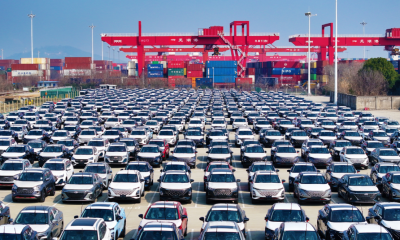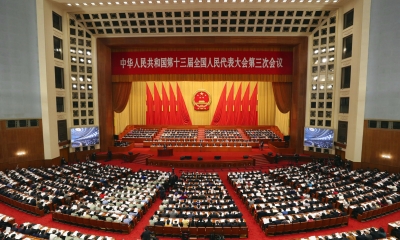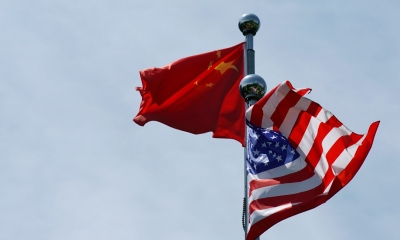Zero Negative List in Manufacturing: A New Push for FDI in China
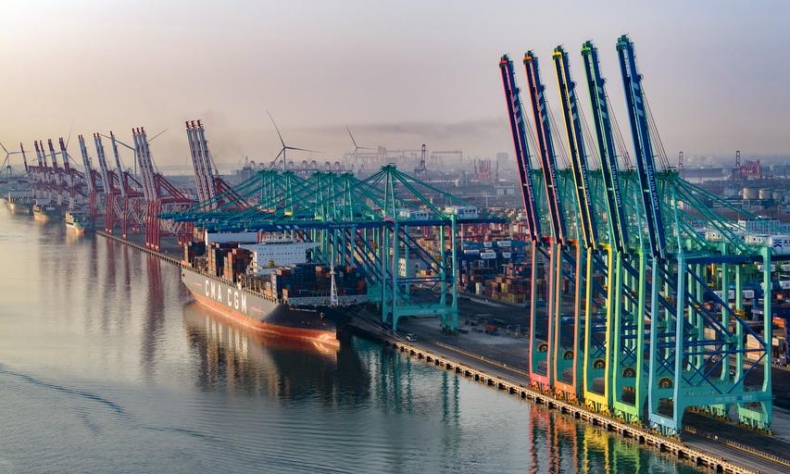
It is expected that the zero negative list for foreign investment in manufacturing sector will serve as a strong push for an early upturn in FDI in China and a win-win future for manufacturing in both China and the rest of the world.
China’s National Development and Reform Commission (NDRC) and Ministry of Commerce (MOFCOM) released on September 8 the 2024 edition of the Negative List for foreign investment in China, including 29 items in 11 categories. Notably, there is no category of manufacturing on the list, meaning a total removal of negative list for this category.
In fact, the previous edition, 2021 NL covered only two less important items in manufacturing category: printing of publications and processing of certain traditional medicines. Hence, the removal of the last two items is in fact a small step forward.
A key step to modernization
Nevertheless, the final dropping of all investment restrictions in manufacturing sector signifies a great jump in advancing China’s investment environment.
First, it shows that China is sincere in building a high-level open economy and further integrating it into the global supply chain. Second, against the backdrop of increasing trade and investment restrictions in various parts of the world, China is moving just in the opposite direction, towards cutting down the restrictions, contributing further to globalization. It is a quick implementation to build a new open economic system, embodied in the historic Decision of the Third Plenary Session of the 20th Central Committee of the Communist Party of China (CPC).
Zero negative list has sent out a strong signal to step up encouraging foreign direct investment in China’s manufacturing sector, the key foundation for China’s modernization. The 20th CPC National Congress set the goal of realizing basic socialist modernization by 2035, with per capita GDP reaching the level of medium developed countries. The per capita GDP of China reached $12,614 in 2023, while the per capita GDP of the bottom OECD developed country Slovak was $24,470, or nearly twice as much as China. Taking into account that comparison, China has to double its per capita GDP by 2035, and manufacturing sector serves as the very foundation of China’s modernization. As China already accounts for over 30 percent of world manufacturing output added value, there is little room for a horizontal expansion. The only way is to move towards new quality or advanced manufacturing, and move up the ladder in the global manufacturing supply chain. For this purpose, China needs intensified efforts to attract the world advanced manufacturing players and increase FDI significantly.
China has made tremendous achievements in attracting world investment capital, remaining as the world’s second largest destination for FDI inflows, only after the U.S. for years. However, direct investments from the advanced manufacturing economies—Europe and the U.S.—are relatively low. Europe accounted for 6.2 percent of total China FDI stock by the end of 2023 and the U.S. accounted for 4 percent, while they accounted for 44 percent and 21 percent of world FDI supplies respectively. Hence, there is large room for further increase.
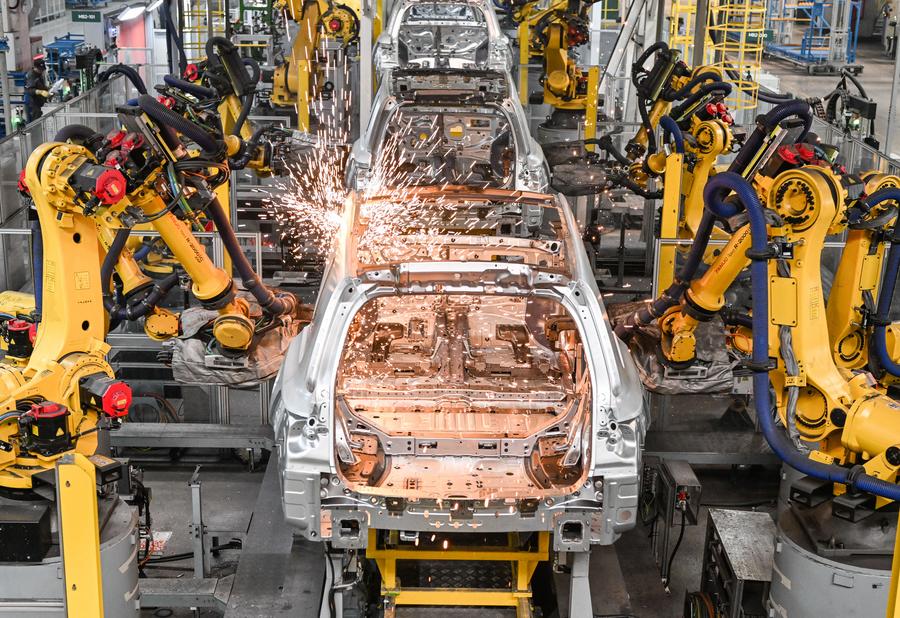
An optimistic outlook despite challenges
China faces multi-faceted challenges in this field. The past one year and half saw a continuous decline in foreign direct investment inflows into China, with an almost 30 percent fall y-o-y during the first seven months of 2024. It is part of the worldwide fall in cross-border direct investment. The UNCTAD World Investment Report 2024 shows that total world cross-border investment flows fell by 16.4 percent in 2022 and fell by another 2 percent in 2023, to $1,331.8 billion, or 23 percent lower than the level in 2019. The decline was caused by a slow and unbalanced recovery of the world economy, and more importantly, by the world geopolitical tensions and geoeconomic fragmentation.
The latest business survey by the U.S. National Committee for U.S.-China Trade (USCBC) issued late August shows that 72 percent of the members found that tensions in China-U.S. relationship constitute the largest risk in their China business, far ahead of the second risk of market access restrictions in China which was 31 percent. In 2024, only 8 percent of the members put China as their top investment destination, compared to 14 percent in 2019, and another 57 percent put China as one of the top five investment destinations, compared to 74 percent in 2019. Nonetheless, 23 percent of them regard the Chinese market as of vital importance to their global competitiveness, and another 50 percent regard China as a key link in their global supply chains. European Chamber of Commerce in China also released their suggestions for China business, while expressing various concerns, most of them still want to stay and grow in China.
Hence, there is no reason for pessimism. The massive foreign capital outflows will not happen. As a matter of fact, foreign direct investment inflows in manufacturing sector performed relatively better. During the first seven months of 2024, foreign direct investment in China’s manufacturing sector accounted for 28.6 percent of total FDI, 2.9 percentage points higher than a year ago. And that in advanced manufacturing sector accounted for 12.9 percent, 2.6 percentage points higher.
China needs to uphold resolutely multilateralism and globalization, fighting unswervingly against geopolitical fragmentation and geoeconomic fragmentation, and work hard with various countries of the world to defend multilateral free trade system with WTO and its rules at the core.
At the same time, we also need to step up efforts in implementing the Decision of the Third Plenary Session of the 20th CPC Central Committee, and inter alia, insist on the national policy of opening up, with a profound institutional reform towards a high-level open economy. China needs to work harder to improve the business environment, provide a fair, open and free market competition environment for all SOEs, private and foreign businesses alike in China, and provide equal treatment in fiscal and financial support, and equal application and protection by law. Due attention and solution should also be provided to the reasonable concerns of foreign businesses in China.
It is expected that the zero negative list for foreign investment in manufacturing sector will serve as a strong push for an early upturn in FDI in China and a win-win future for manufacturing in both China and the rest of the world.
The article reflects the author’s opinions, and not necessarily the views of China Focus.
 Facebook
Facebook
 Twitter
Twitter
 Linkedin
Linkedin
 Google +
Google +




